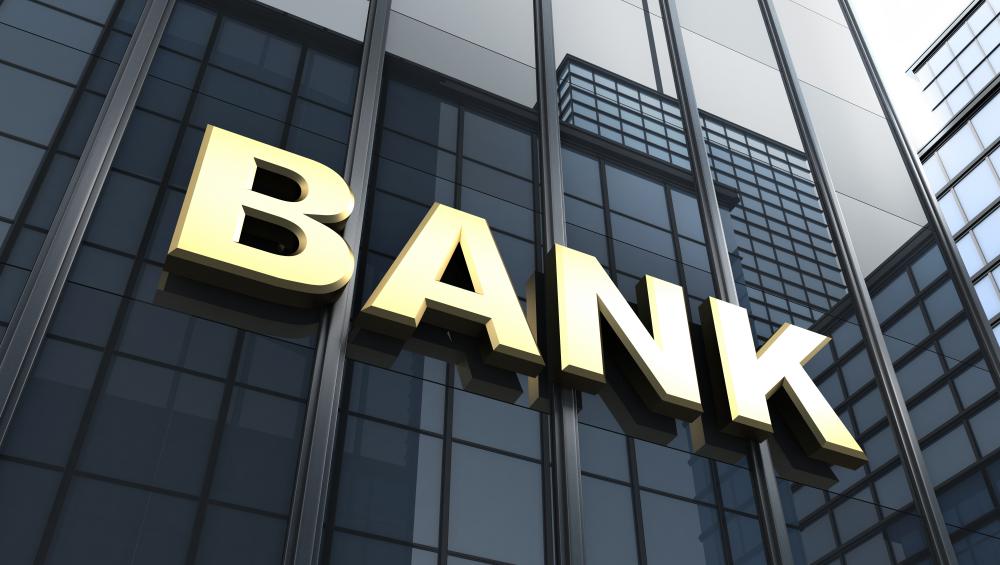At WiseGEEK, we're committed to delivering accurate, trustworthy information. Our expert-authored content is rigorously fact-checked and sourced from credible authorities. Discover how we uphold the highest standards in providing you with reliable knowledge.
What is a Problem Loan?
A problem loan is a loan that is no longer returning principal and interest payments, making it a “problem” for a financial institution in the sense that it is no longer collecting money on the loan. Banks attempt to keep their inventories of problem loans low, as they can lead to cash flow problems and other issues, including a potential bank closure if the bank is no longer able to balance its loan portfolio. Also known as nonperforming assets, problem loans require action on the part of the bank to collect the balance of the loan.
Generally, any commercial loan more than 90 days overdue is considered a problem loan, while consumer loans are labeled as problems if they are more than 180 days overdue. Once the borrower starts to be late with payments, the financial institution will send notices alerting the borrower and requesting that the borrower take action to get the loan current or face legal consequences. If the borrower does not respond, the bank can take actions such as seizing assets to sell them and recover the balance of the loan.

Banks want to keep their problem loan ratio as low as possible, because such loans require more work to collect on, and they put the bank at risk. When people and businesses apply for loans, they are carefully screened by the bank to assess their ability to repay. The bank determines a maximum loan ceiling on the basis of stated income and projected financial conditions, considering both interest and principal as part of the loan payment, and it will not lend more than this to the borrower.
In a strong market, banks tend to be more free with credit, while in a weak market, banks may be more hesitant to issue loans and can have strict loan requirements. As markets weaken, it is not uncommon for the problem loan inventory to increase as people struggle to make their payments. High rates of foreclosures, repossessions, and other legal actions can eat into a bank's bottom line.
If borrowers want to negotiate on a problem loan to get the loan current, a bank representative can meet with them to discuss the outstanding balance and the options. It may be possible to get current with a large payment or with supplemental payments over the course of several months. Sometimes, financial institutions are willing to write down balances or change the interest to make the loan easier to repay.
AS FEATURED ON:
AS FEATURED ON:











Discuss this Article
Post your comments